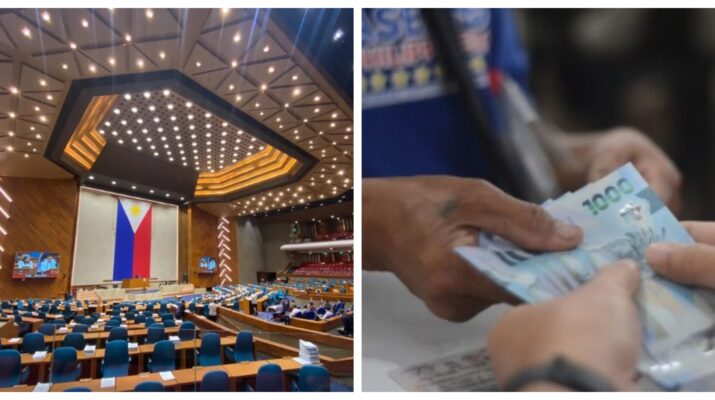Among the worst traits the Philippines inherited from its colonial master, the United States, is a government that seems perpetually dysfunctional. This became even more glaring recently as the two countries are experiencing political turmoil over the passage of their respective 2025 national budgets.
For the U.S., the issue stems from objections by Republic and Democratic party members of Congress on specific spending allocations in their 2025 appropriation. In the Philippines, massive cuts to education, health and calamity response have earned the ire of the people about its own 2025 Budget.
As funding for these critical social services are reduced, the 2025 Budget in turn provides large allocations for controversial “pet projects” that are deemed to further embed patronage politics in the country. Given that 2025 is an election year, the budget was always expected to be controversial.
What has shocked political observers and even the general public however, is how brazen politicians were in securing their own loot at the expense of the public good.
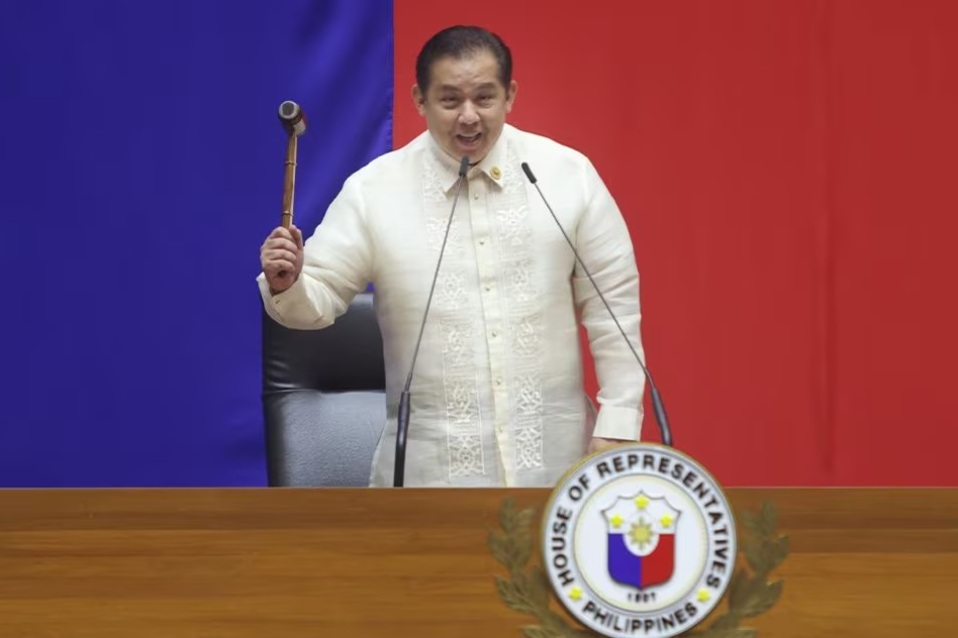
The proposed 2025 Budget amounts to Php6.352 trillion, which is actually ten percent higher than this year’s appropriation of Php5.768 billion. While a bigger budget may sound like good news, this appropriation agreed by the Bicameral Conference Committee (Bicam) actually makes deep cuts into funding for important programs in education, public transport and agriculture.
Under the Philippines’ budget cycle, the President works with the Department of Budget Management (DBM) to prepare the National Expenditure Program (NEP) – the initial version of the budget. The NEP is submitted to Congress, where both its chambers – the House and the Senate – scrutinize the NEP and make amendments respectively as they see fit.
Any differences between the version of the House and the Senate are reconciled by the Bicam, comprised of members from both chambers. The final version agreed in the Bicam becomes the General Appropriations Bill (GAB), which is then submitted to the President for his approval and enactment into law.
The GAB submitted by the Bicam made significant reductions in funding to key sectors like education and social services from the initial NEP submitted by President Bongbong Marcos Jr. One example is a cut of Php12 billion for the Department of Education (DepEd), the bulk of which (Php10 billion) was supposed to be allocated to a program to digitalize classrooms around the country.
The Commission on Higher Education (CHED), the agency in charge of post-secondary education institutions in the country, had an initial allocation of Php60.22 billion. This was gutted to a mere Php33.31 billion by the bicam, reduced to almost half.
At a time when the Philippines is already lagging behind its Asian neighbors in educational attainment, seeing these reductions in education spending is added salt to the wound.
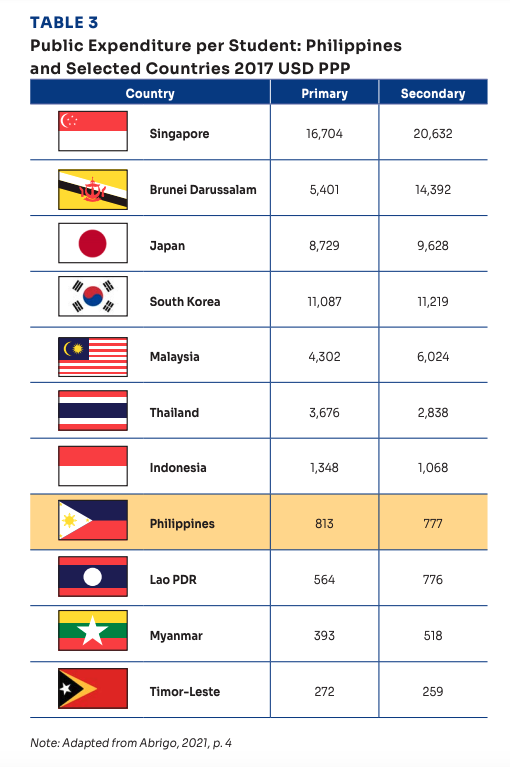
Students and teaching faculty aren’t only losers because of these cuts to education. As the biggest users of public transport in the country they also have to contend with gargantuan cuts in the budget of the Department of Transportation (DOTr).
In the NEP, DOTr was allocated Php180.14 billion. This was cut to Php103.93 billion when it went through the House, before the Bicam further axed it to Php87.24 billion – a Php93 billion peso middle finger to Filipino commuters.
The President wanted a Php31 billion calamity fund, the Bicam gave him only Php21 billion. For social services, the Department of Social Welfare and Development’s (DSWD) flagship Pantawid Pamilyang Pilipino Program (4Ps) was slashed by Php50 billion.
Not to worry however, as another cash aid program was invented and funded comprehensively by the 2025 GAB – the Ayuda para sa Kapos and Kita Program (AKAP). What is problematic about this proposition is that unlike 4Ps which provides cash assistance to beneficiaries identified on provided lists, the criteria for AKAP is much broader: anyone whose income falls below the minimum wage and who are “severely affected by rising inflation” qualify, which virtually makes majority of the population eligible.
The fact that AKAP bucked the trend and is a big winner in the 2025 GAB is noteworthy: the ability for politicos to pick and choose individuals who could benefit from cash assistance will massively help their election campaign. Such is the underlying reason for the 2025 Budget fiasco – politicians are hell-bent on grabbing their loot at the expense of more important government programs.
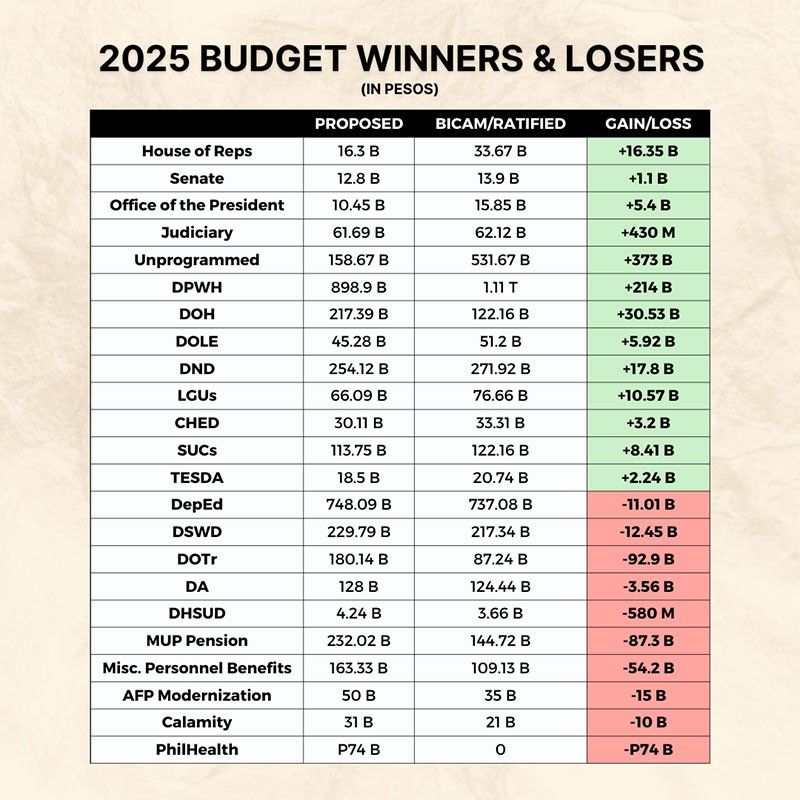
This is further proven by the fact that the Department of Public Works and Highway (DPWH) is the biggest winner in this budget. The agency received a whooping Php288.65 billion boost in the Bicam report from the initial funding set by the President’s NEP.
This tells us that senators and members of congress really wanted to build more roads, bridges and other multipurpose buildings in their respective home districts. Those projects, after all, are tangible proof of their “work” that could entice voters to re-elect them.
The Bicam’s insertion took the DPWH’s budget up to Php1.113 trillion, even higher than DepEd’s total appropriation of Php737 billion. That in itself, is a violation of the Constitution which states that: “[t]he State shall assign the highest budgetary priority to education and ensure that teaching will attract and retain its rightful share of the best available talents through adequate remuneration and other means of job satisfaction and fulfillment.” (Article XIV Section 5(5)
Yet this never factored into the deliberations of the Bicam, who were more focused on securing their political futures rather than directing taxpayer funds to their most optimal uses. This predicament also reminds us that patronage politics is alive and well in the Philippines – a system where politicians favor certain individuals or groups (either in cash assistance or ayuda or preferential infrastructure development) in return for their political support.
Instead of funding proven and targeted programs, the purse strings are loosened to allow politicians to be selective in who they provide assistance or favors to. What we get is exactly what we are seeing in the 2025 GAB: cuts to education, calamity response and even no added subsidies to the government health insurance company, Philhealth – a decision that proved to be the most controversial in the 2025 Budget controversy.
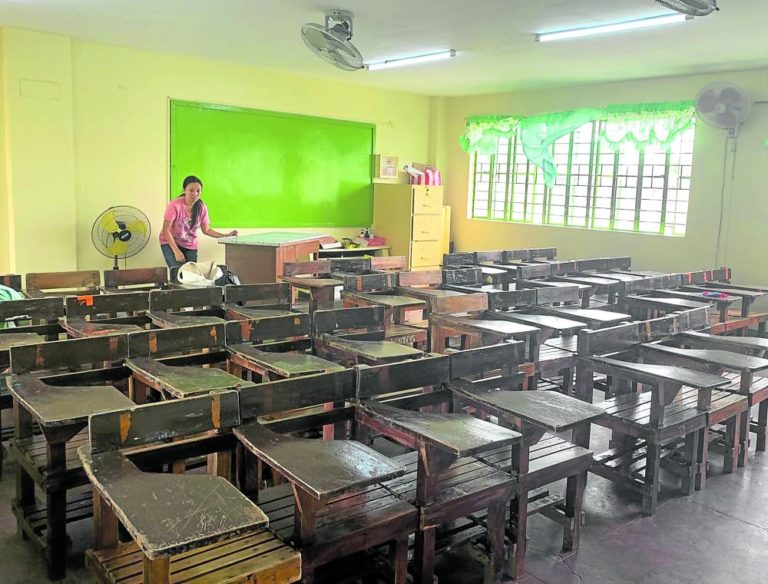
The lingering presence of patronage politics is one of many afflictions continuing to ail Philippine politics. Rather than focusing on solving legacy issues in many aspects of our state services, politicians are fixated on ensuring their political survival instead.
In some ways, we cannot blame them completely. The Philippine political landscape recently has been dominated by the intensifying feud between the Marcos and Duterte political dynasties, and both those sides are desperate for allies – even willing to provide them with a taxpayer-funded bounty in return for their support to ensure the opposing side’s downfall.
In this battle between two evils, however – the ordinary Filipino winds up as the biggest loser.

